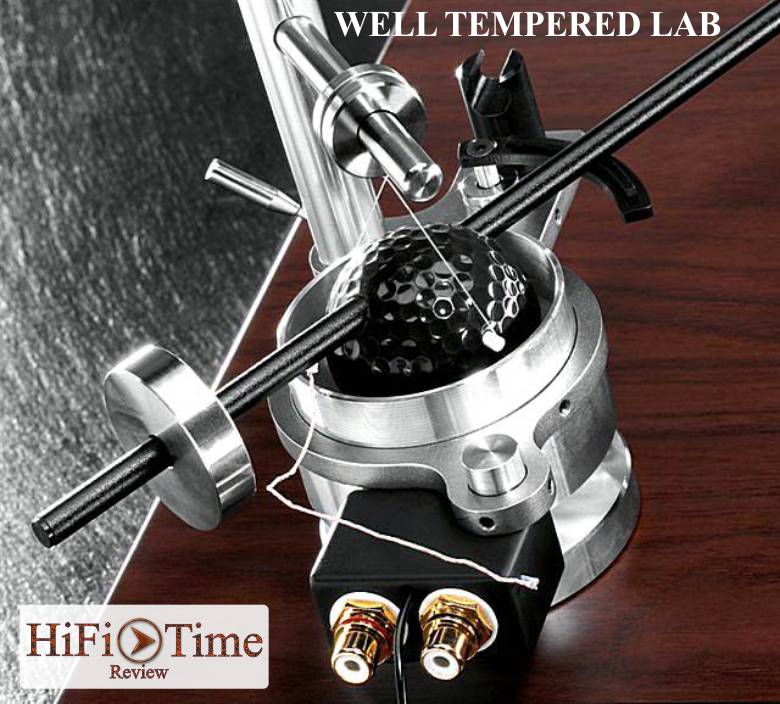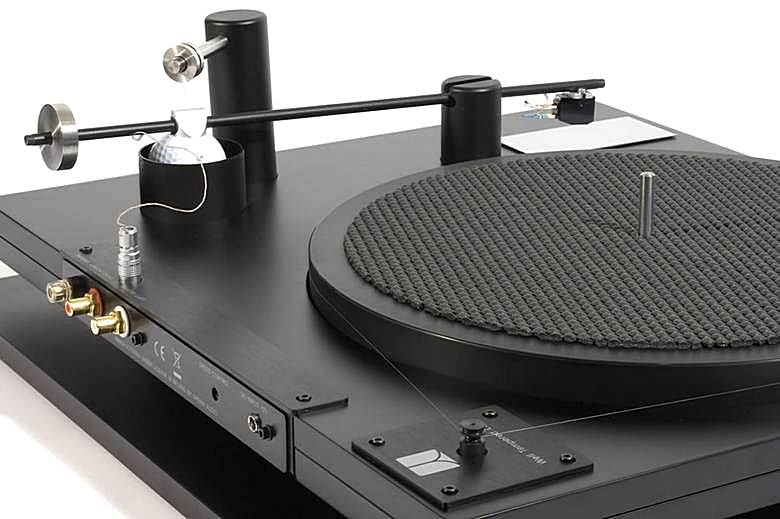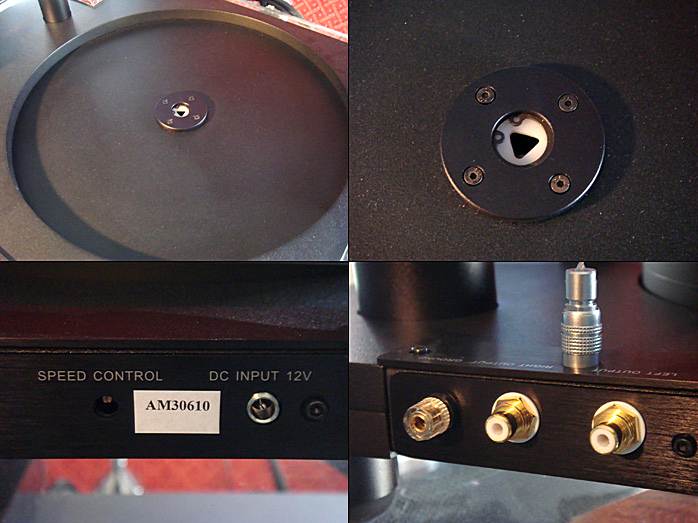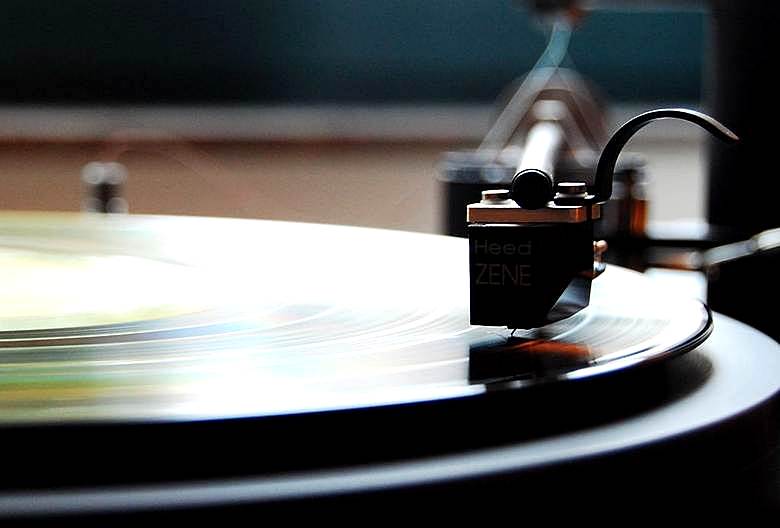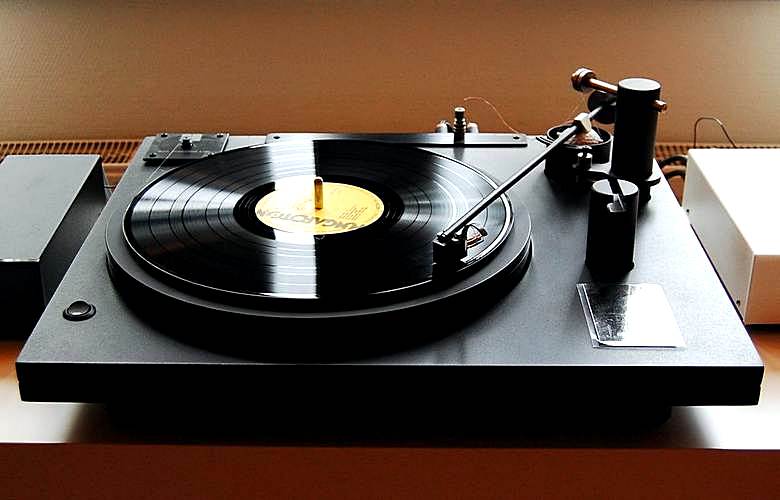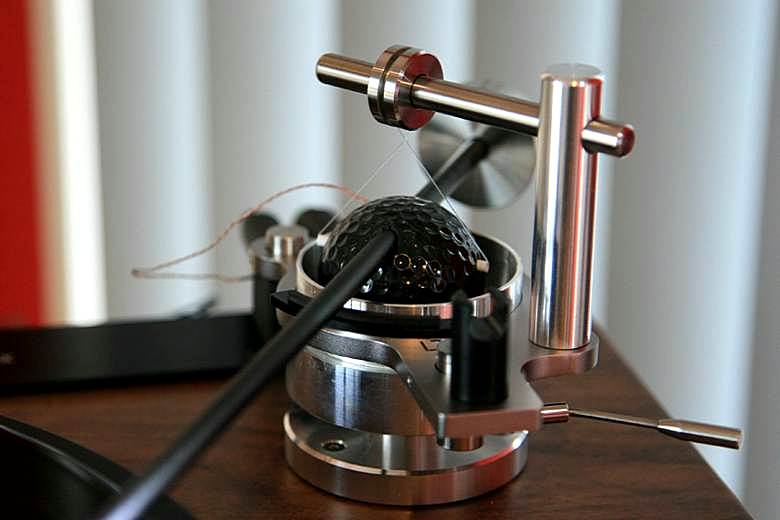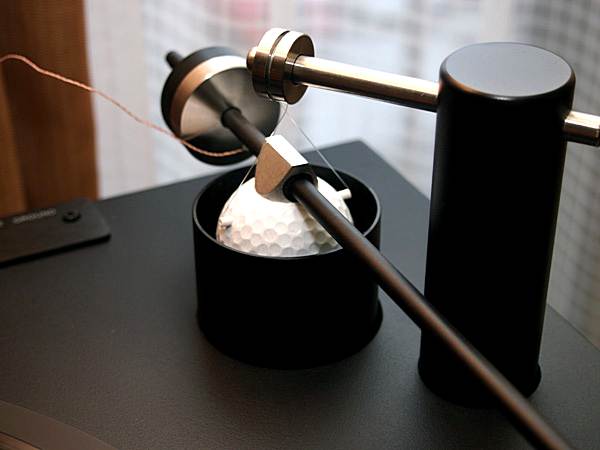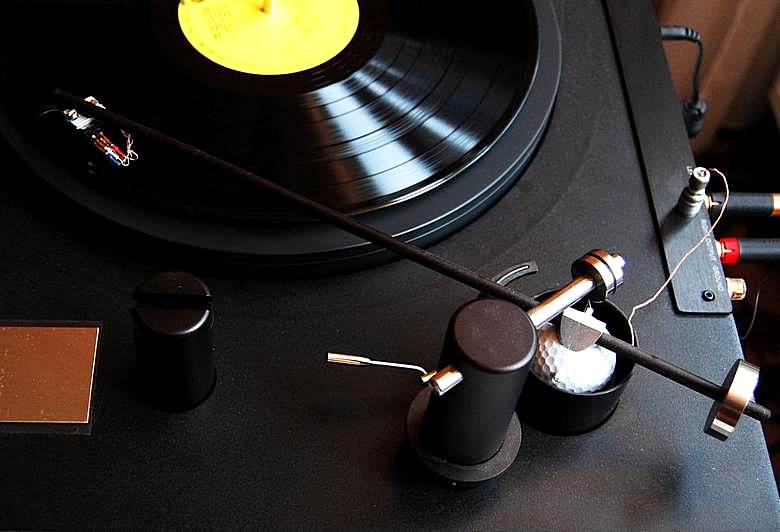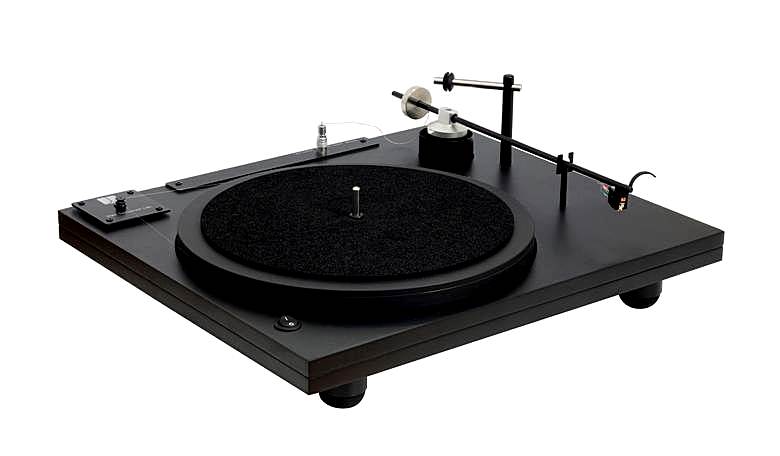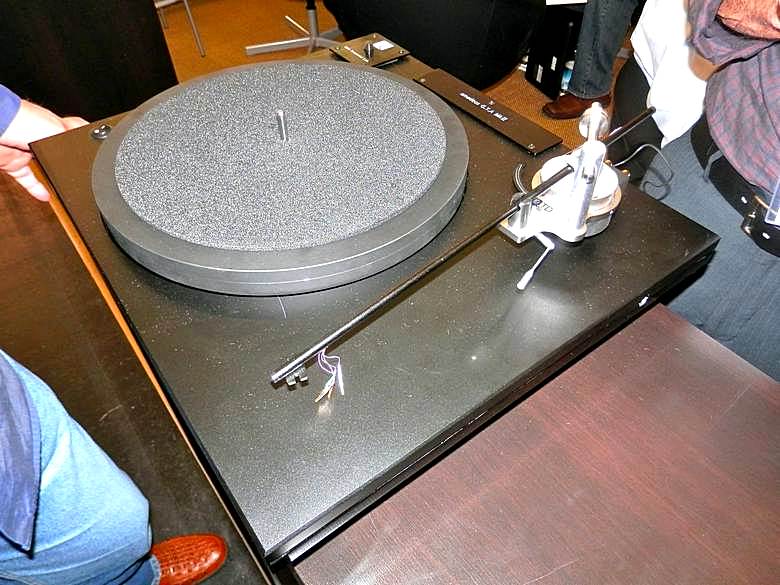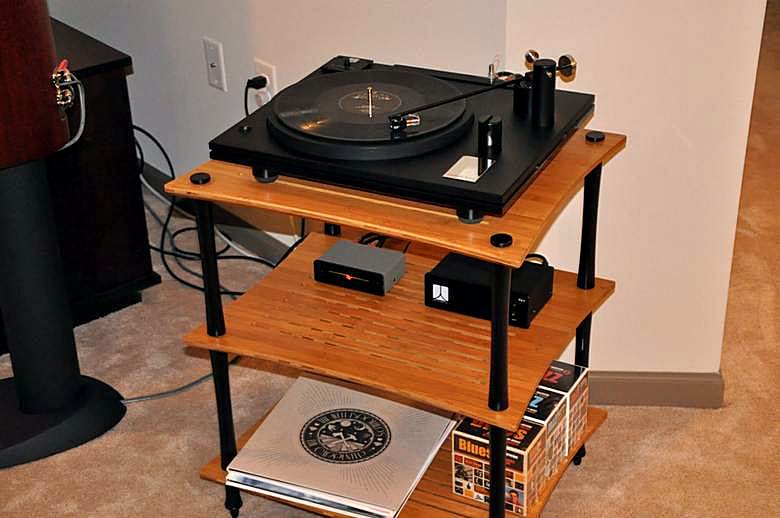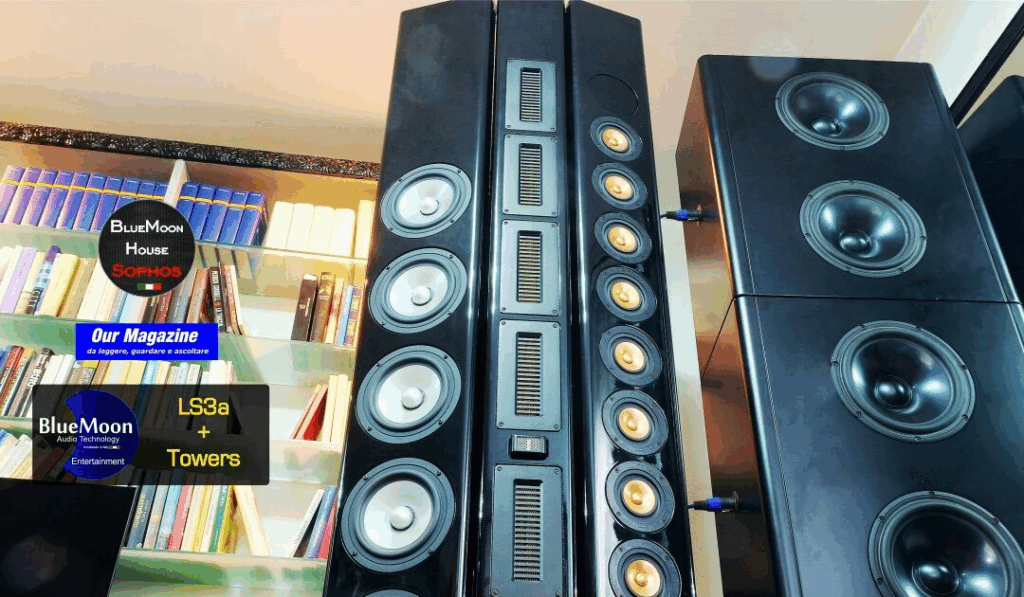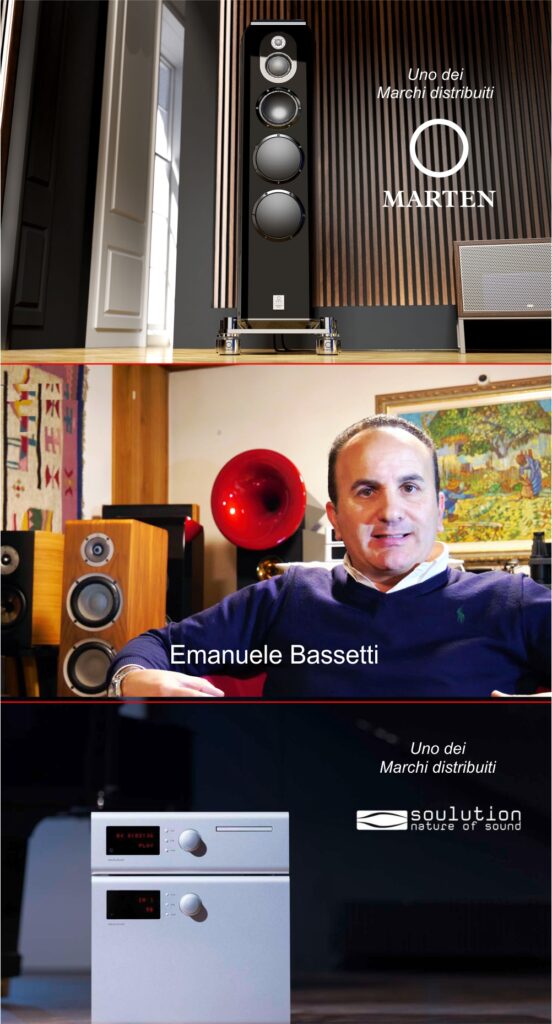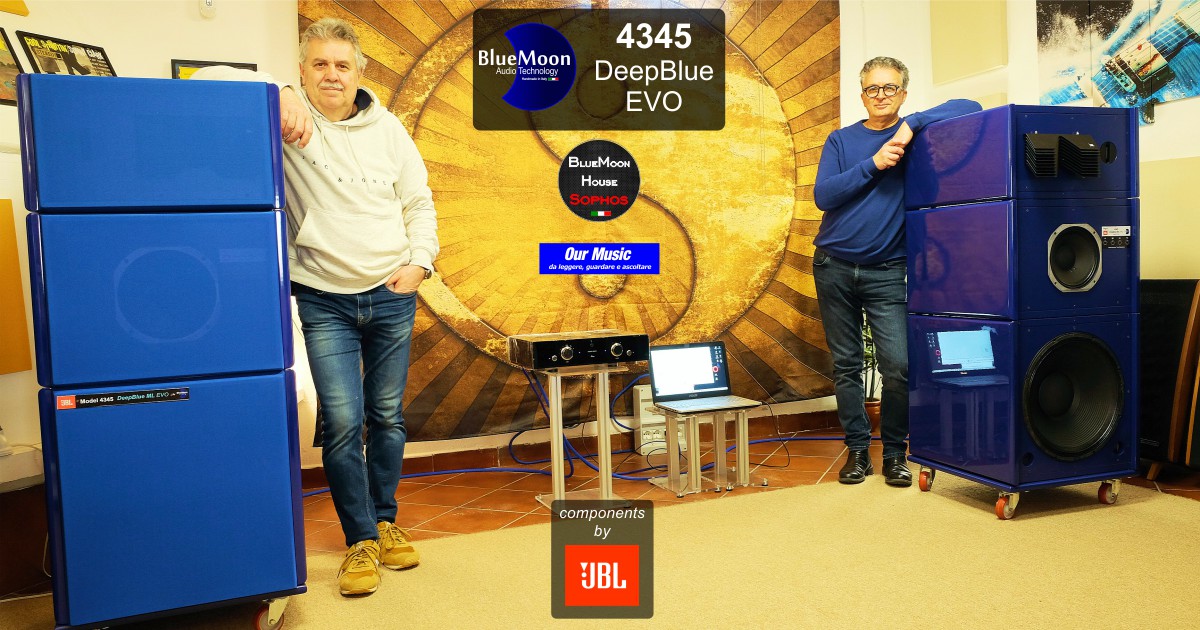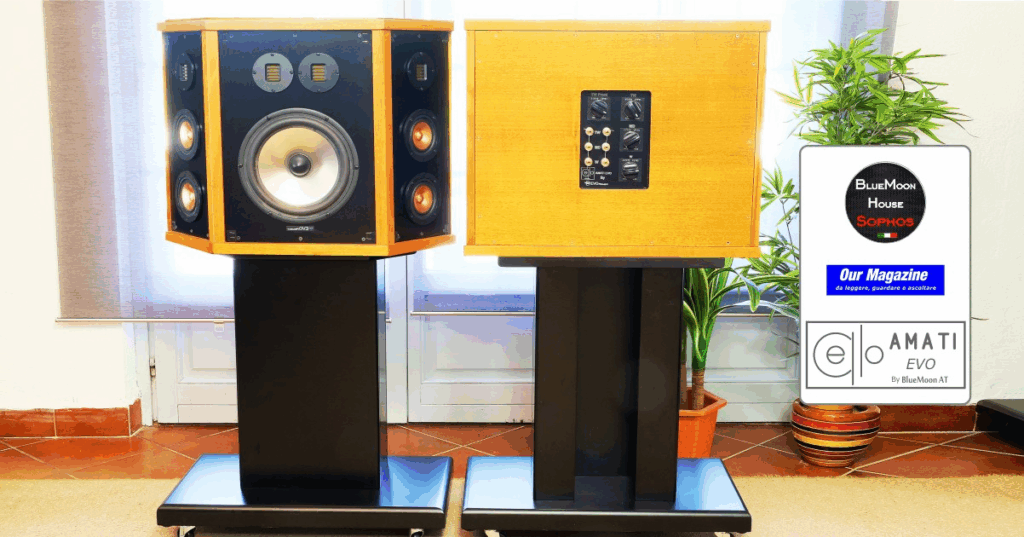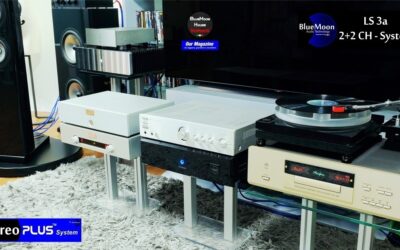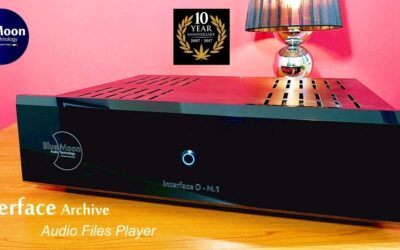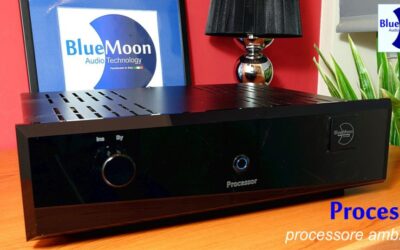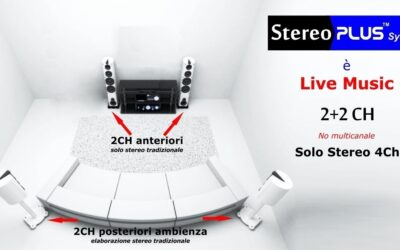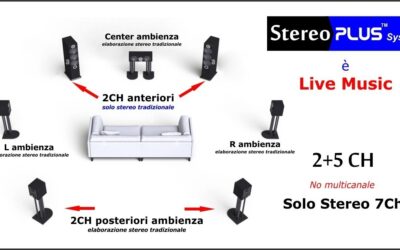The Well Tempered Lab Amadeus

WELL TEMPERED LAB
Ho avuto un giradischi Well Tempered e sono rimaste impresse in me due sue straordinarie caratteristiche distintive. La prima riguardava la precisione sonica dovuta all’assenza di vibrazioni interne e all’annullamento dei disturbi esterni. La seconda era relativa all’estrema semplicità ma allo stesso tempo efficacia delle sue scelte tecniche.
Il progettista Bill Firebaugh, quasi una trentina di anni fa, sconvolse il rigido mondo della riproduzione audio con innovative, anticonvenzionali quanto ingegnose scelte tecniche. Nessuno aveva osato pensare fino a quel momento (erano gli anni in cui il giradischi analogico era la sorgente per eccellenza e la più comune tra gli audiofili), ad un braccio così particolare e, soprattutto, ad una articolazione del braccio così geniale come quella da lui adottata.
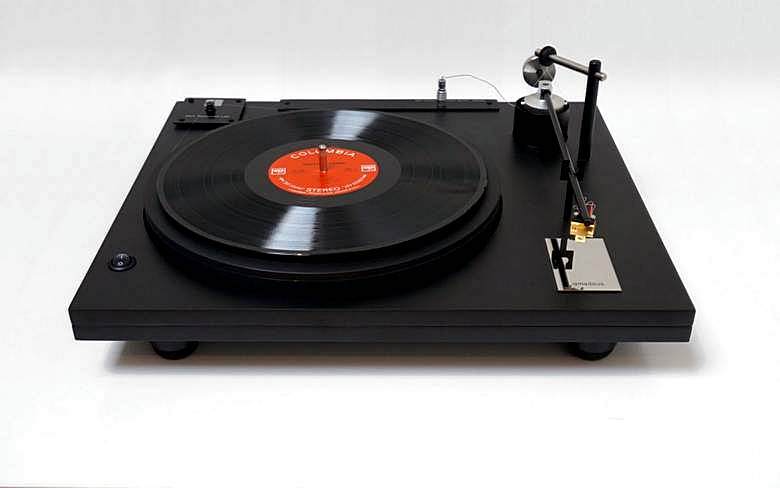
Come avrebbe mai potuto funzionare un sistema di sostegno del braccio costituito da una banale struttura a sbalzo sulla quale un sottile filo teneva appesa una canna (il braccio) alle cui estremità erano alloggiate una testina da una parte e un contrappeso dall’altra, con il fulcro (un bicchierino metallico o una pallina da golf) immerso in un liquido viscoso a densità controllata? In questo modo il progettista aveva annullato, con scelte dalla disarmante semplicità, praticamente tutti gli attriti generati dall’articolazione del braccio.
E invece dei classici sistemi a molla su cui alloggiare la base del giradischi, adottati dei nomi storici delle macchine dell’epoca (Thorens, Michell, Linn ed altri), Firebaugh impiegò una semplicissima basetta costituita da due strati di modesto MDF con interposto materiale antirisonante poggiata su piedini gommosi. Era nato il sistema a telaio semirigido, poi copiato da tanti altri costruttori (Rocksan, Rega, Project, Transrotor, Avid ed altri).
Nessun altro giradischi, inoltre, aveva mai adottato, come Well Tempered, una cinghia costituita da un filo rigido per trasferire il movimento dal motore al piatto, mentre tutti utilizzavano cinghie gommose a diverso grado elastico e differente altezza.
Se il colpo di genio nella realizzazione dei Well Tempered fu certamente il sistema braccio/articolazione, non va dimenticato l’altrettanta intelligente scelta progettuale relativa al particolare perno del piatto. Ad opera di un sistema di contatto triangolare, il perno tocca la sua sede in due punti, grazie alla tensione esercitata dal filo che mette in tensione il piatto, evitando, in questo modo, tutte le oscillazioni del perno a cui sono soggetti la maggioranza dei giradischi in commercio.
La gestione del VTA e dell’antiskating risulta facilissima.
Affascinanti nella loro semplicità costruttiva, geniali nelle sue scelte progettuali, i giradischi della Well Tempered Lab hanno segnato una svolta nella modalità di lettura dei dischi in vinile, portando a risultati sonici di eccellenza a fronte d’investimenti economici ragionevoli.
A breve avremo in Redazione un modello entry level di questo famoso marchio che sottoporremo ad approfondita recensione.
Bruno Fazzini
 |
|---|
The Amadeus was our first and original design that featured the now quite famous and innovative “golf ball” tone arm. The MKII version has the same dual layer MDF plinth and acrylic platter along with our recently developed Symmetrex tone arm.
“Amadeus reaches stratospheric heights of performance at a moderate price” – Golden Ear Award Winner 2009, The Absolute Sound (Amadeus).
Specifications
• Symmetrex tone arm configuration
• “Zero Clearance” platter bearing
• Servo controlled motor with vibration controlled mounting
• 0.004” polyester thread belt
• Fully damped tonearm featuring precision made golf ball suspended in silicone fluid for optimum variable damping
• Easy azimuth adjustment Fixed headshell with no fussy setup
• Acrylic platter
• Dual layer lacquered MDF sandwich construction plinth
• Isolation feet included
GBP 2500,00
USD 3135,00
EUR 2950,00
Arm
LTD is a highly refined version of the Well Tempered Lab tonearm,featuring the new Symmetrex configuration.
“The Symmetrex tonearm has the unique feature of dynamic tracking. The centre of gravity of the tonearm assembly is well above the rotational pivot of the ball and the ball is immersed in approximately 30% in the damping fluid. When the stylus encounters heavy modulation in the grooves the increased drag causes the tonearm to rotate down thus gently increasing the tracking force maintaining a secure and stable condition for every cartridge” – William Firebaugh, Chief Engineer.
The Symmetrex tonearm configuration still uses a fully internal damped arm tube and precision made golf ball suspended in silicone fluid for perfect damping, with the added advantage of enhanced trackability over even the most torturous groove modulation.
Specifications
• 10.5’’ effective length
• Full damped tonearm
• Simple azimuth adjustment
• Armlift/Cueing device
• Effective mass 10gm
•
USD 1595,00
6 Moons
Reviewer: Paul Candy
The Well Tempered Lab Amadeus
The Well Tempered Lab Amadeus is former aerospace engineer Bill Firebaugh’s latest iteration of his 25-year old turntable design with an innovative out-of-the-box approach to resonance control. While just about all turntables and tone-arm designs use some sort of rigid precision-machined bearings to tackle vibration and resonance, Firebaugh took a different approach. Regardless of how well constructed or implemented, all metal to metal bearings require some—however small—amount of play to work properly. This introduces some degree of high-frequency chatter.
Firebaugh’s three-fold approach for ultimate mechanical stability is quite remarkable yet also simple, elegant and perhaps even cheeky. First the Amadeus tone arm ditches the traditional vertical and horizontal bearing. The arm is attached to a golf ball (!) suspended from a beam with a thin poly thread…..See more

The Adsolute Soun
TESTED: The Well Tempered Amadeus Turntable and Tonearm
By Robert E. Greene | Apr 25th, 2009
Vinyl can seem like a miracle. The possibility of inscribing subtle musical information out to 40kHz and beyond on a disc and replicating the disc in massive quantities by plating and then pressing plastic is at once so seemingly basic and yet so effective that it can only be regarded as a gift from Nature. The Atomic Force Microscope has shown that the micro-scanning of surfaces with electromechanical probes can be extended even further into the microscopic than vinyl playback systems, giving the imprimatur of high-powered science to vinyl’s basic process. Vinyl playback has de facto become the prototype of the process by which we can search most deeply into the literal shape of the world around us. This development must have confounded the people who, upon the introduction of CD, began to make fun of vinyl as a “primitive” technology!
But precisely because the vinyl record is so good at encoding microscopically for playback the subtlest details of music, vinyl playback is susceptible to disturbances. Searching for micro-details of music will also reveal any irrelevancies at the micro-level. And because cartridges are detecting the shape of the vinyl surface by the stylus vibrating, the whole process is sensitive to extraneous vibrations in particular. Noise from the playback mechanism and noise from the energy put into the vinyl by the stylus as well as irregularities in the motion of the record can disturb the near perfection of the medium itself….See more
Ultra Audio
Well Tempered Lab Amadeus Turntable
Created on Monday, 15 August 2011 – Written by Jason Thorpe
A record player works according to a set of principles wildly different from those on which other audio components are based. The LP groove and how it affects the stylus function at the level of the micrometer, or millionth of a meter (0.000001m); given the delicacy of those effects and the relatively blunt instruments that must read and amplify them, it’s a wonder they reproduce any recognizable sound at all, let alone the sonic delights that can come out of even a budget turntable, tonearm, and cartridge.
While the physics by which the analog system produces music are well-known and well-understood phenomena, in my opinion there isn’t a heck of a lot of leading-edge research dedicated to its advancement. Although some manufacturers do actually measure the turntables they design and build, my experience has been that most do not.
As I said, the general principles of analog playback are well understood, so the game plan is usually quite straightforward: add a bunch of mass to the plinth and the platter, suspend or otherwise isolate the plinth from vibrations from the outside world, find or design and build a good tonearm, and use as smooth-running a motor as possible. The rest is in the details. Of course the designers also need to listen, listen, listen. I’d wager that, quite often, the results don’t reflect the efforts that went into it, and back to the drawing board they go.
I remember monkeying around with a well-regarded turntable that I couldn’t get to sound good no matter what I did. It sounded thin, somewhat shrill, and lacked any semblance of bass. After I’d tried all manner of supports, cones, pucks, and jellies, I plonked the thing on a thin piece of ultrarigid plywood. Suddenly, it sang. No other support worked for me with this turntable. I suspect that it had been designed by ear, and that perhaps its designer had used just this type of support during the fine-tuning….See more
Hi-Fi+
Well Tempered Amadeus GT Turntable & Tonearm
By Malcolm Steward Feb 03, 2010
The Amadeus GT truly is a wonderful machine to behold: a record player whose design elegantly combines genuine innovation and extreme pragmatism… and a complete absence of BS. Its designer, William Firebaugh has worked for many years at the cutting edges of technology and engineering but you won’t find his turntables littered inappropriately with hi-tech go-faster stripes, carbon fibre or titanium. The Amadeus is purely and simply, utterly pure and simple. Its wholesomeness and lack of chromium-plated clutter make a refreshing change from others in the high-end vinyl arena where unnecessary and prodigious over-engineering are so often the order of the day.
Take, for instance, the Amadeus’ unipivot tone-arm, whose ‘bearing’ arrangement is constructed using fine thread suspending a golf ball that is partially immersed in high viscosity silicone fluid because Firebaugh’s experimentation, which involved no less than around fifty prototypes, demonstrated that this outwardly unsophisticated approach delivered music far more coherently than others. The design does away with the problems inherent in tone-arms that use ball- or needle-bearings, which need an – admittedly miniscule – amount of free play in order to operate: free play that is not so tiny when compared to the microscopic deviations in a record groove that the stylus is attempting to trace…. See more
Video
Gallery

